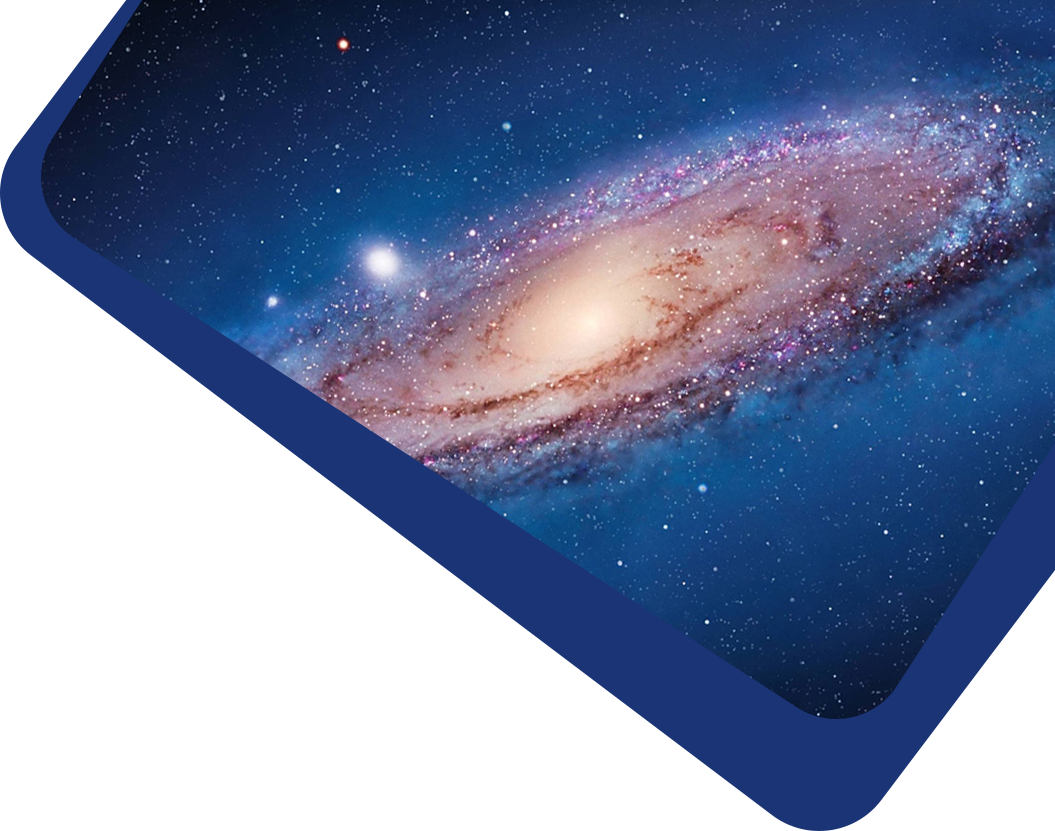Stellar classification is a fundamental task in astronomical data analysis. Photometric data offer a significant advantage over spectral data in terms of data volume. Their lower acquisition cost and broader coverage make them more suitable for stellar classification applications. This study selects photometric data from the SDSS DR18. Instead of using traditional RGB image formats, a series of preprocessing steps were applied to generate five-channel Numpy files as the data set. To enhance stellar classification performance, we propose a deep learning model based on photometric feature fusion–Stellar Photometric Features Fusion Network. Additionally, we introduce the Dynamic Enhanced Stellar Squeeze-and-Excitation module, designed to optimize the weight allocation of different photometric bands in the classification task, and investigate the impact of each band’s features on classification performance. Ultimately, we found that the information from the r and z bands played a more crucial role in the stellar classification task, achieving a final classification accuracy of 87.47%, thereby demonstrating the effectiveness of photometric data in stellar classification.



